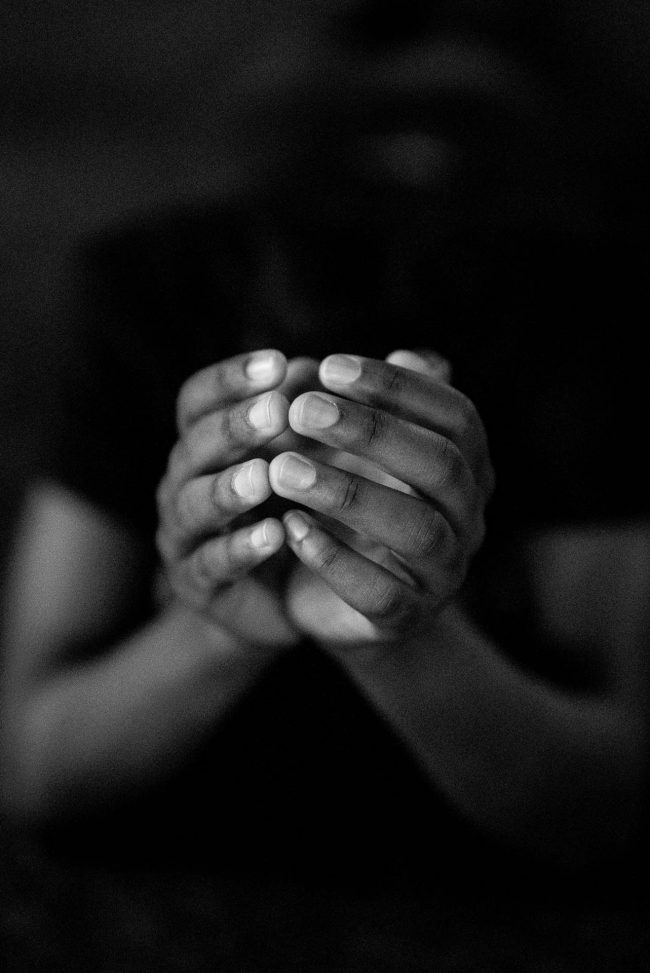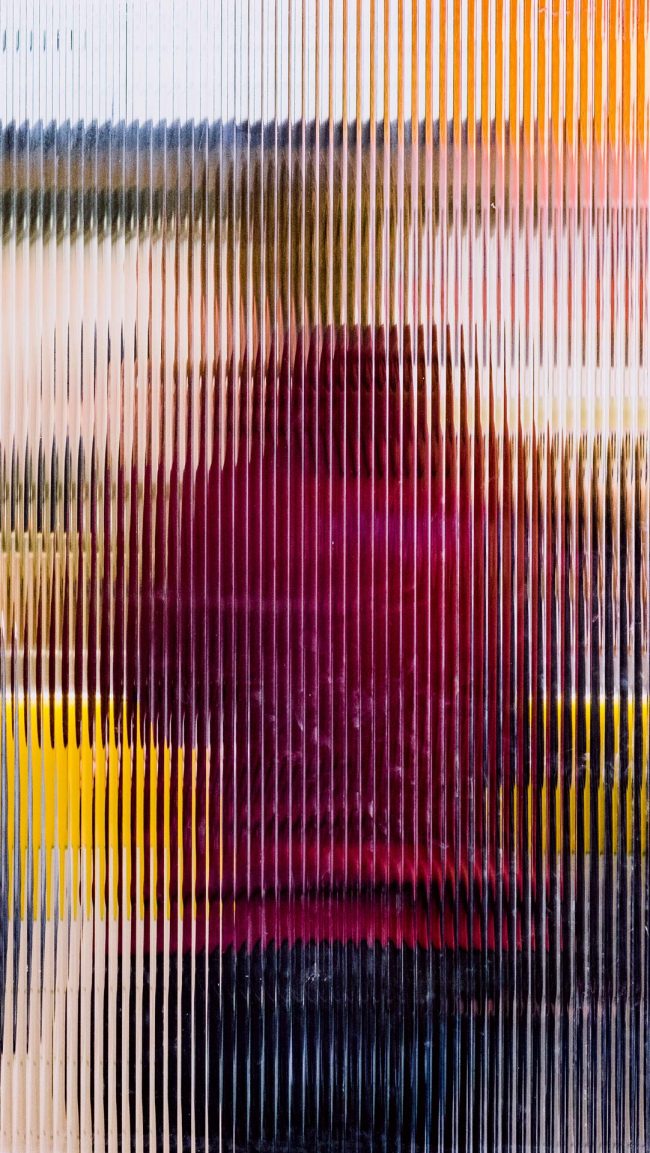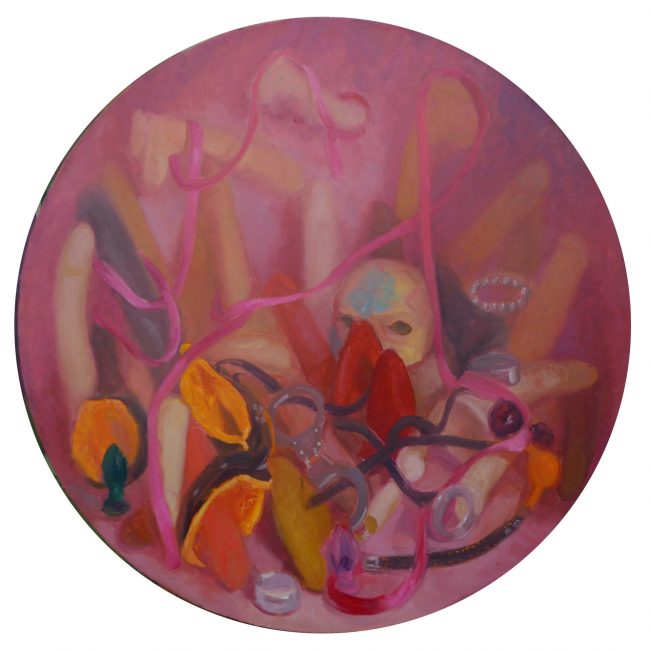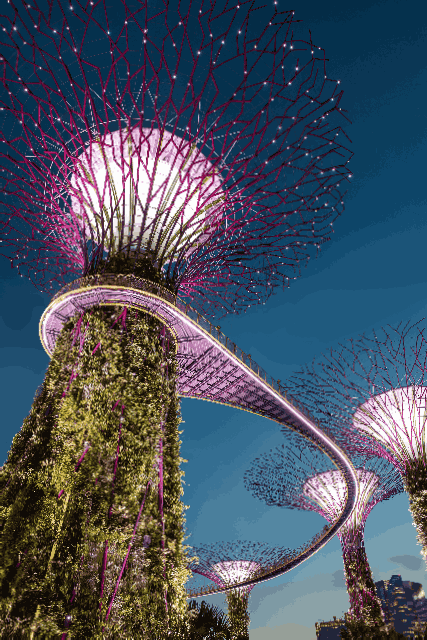STILL HERE by William W. Harris
Well, it has been a little over a year, and he’s still here. I have stopped binge-watching TV, but he is still infecting my life. How can I ignore the Greenland saga or tune out the furious tears in response to the caged children or the empty chair at the G7 climate session?










